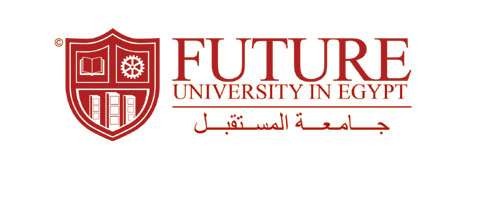- Course Code :
ORP 431
- Level :
Undergraduate
- Course Hours :
2.00
Hours
- Department :
Faculty of Oral & Dental Medicine
Instructor information :
Area of Study :
1)-To educate the students about the basics features of facial growth and
development and to familiarize students with progressing abnormalities in
dental patients .
2)- To familiarize the student with the knowledge of occlusion and to be able
to manage the etiological factors associated with the disordered occlusion.
3)- To enable the students to diagnose orthodontic problems
4)- To understand appropriate time of intervention in potential orthodontic
cases and to reach students preventive and interceptive measures in
developing malocclusions and improve problem solving skills
5)- To enable development and application of appropriate professional
attitudes and communication .
For further information :
Introduction, growth and development of head, development of dentition and occlusion. Malocclusion definition, etiology and sequelae. Practical radiographic interpretation of lateral ceph. and malocclusion
For further information :
Books:
Course notes :
• Department books : available for students to purchase from department secretary.
• Overhead projectors, slides and computer presentation used during teaching
Recommended books :
Contemporary Orthodontics by Profit & Ackerman
For further information :
